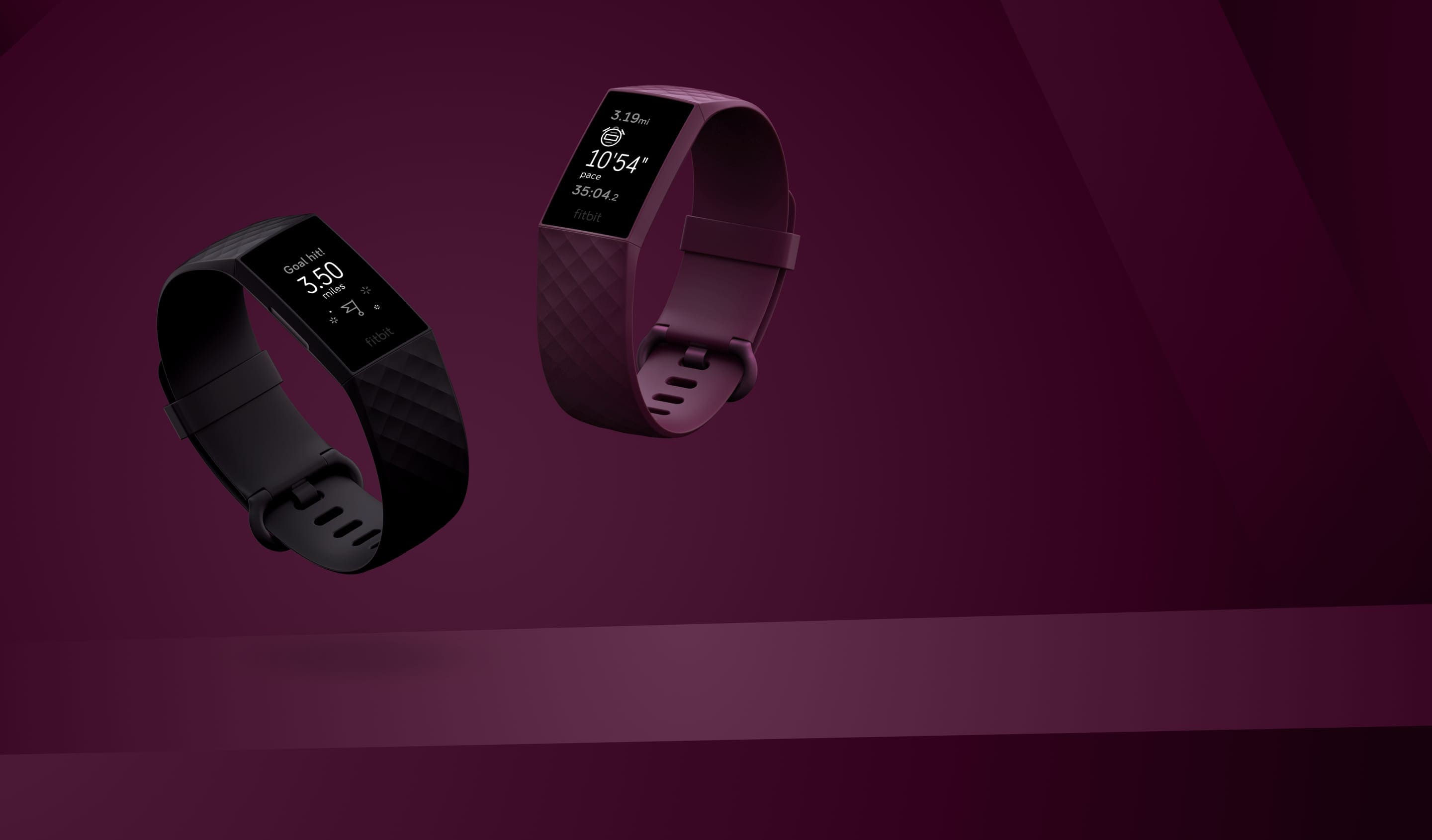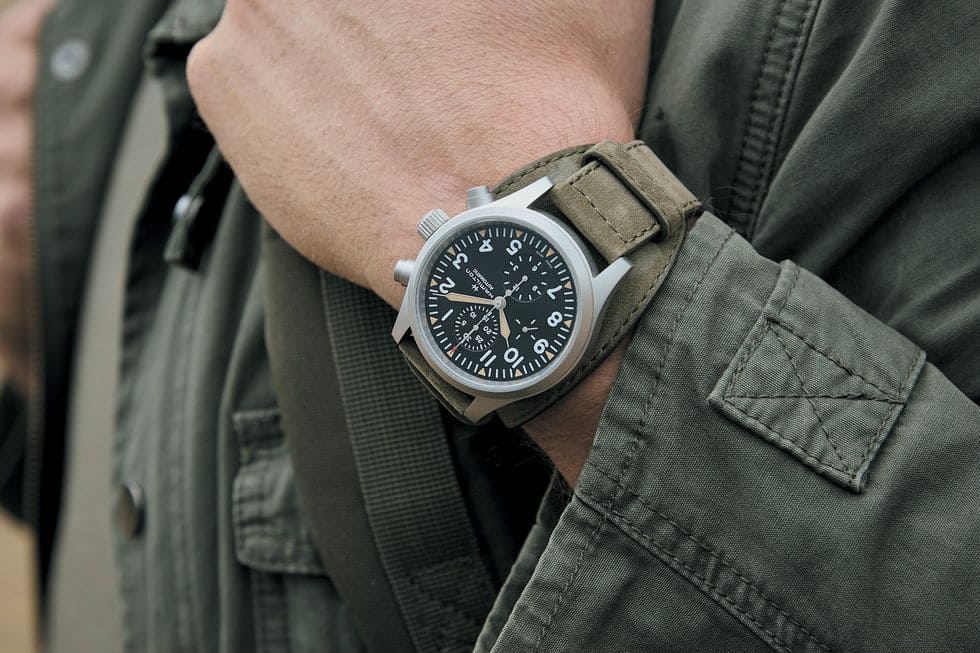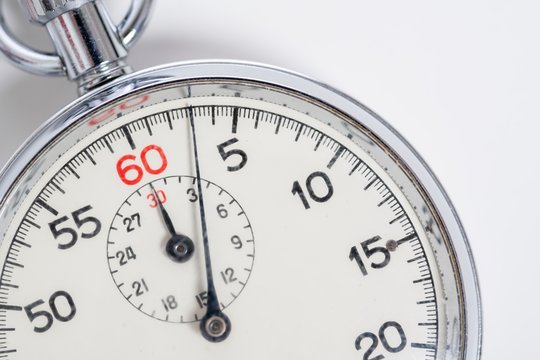On the majority of its watches, Garmin does not at this time make it possible to retrieve raw heart rate variability (HRV) data. We are of the opinion that it is only a matter of time before it occurs. However, there is a way around it.
Why would I be interested in knowing what my HRV is
We have discussed the advantages of being aware of your HRV in quite a few of our articles. It should come as no surprise that the measure is gaining more and more prominence. The beat of a heart does not have a consistent pattern. The distances between each heartbeat are never exactly the same. The distance between heartbeats not being the same is perfectly natural and healthy. It is a measurement that HRV takes.
In a nutshell, the statistic reveals your current level of exhaustion to you. There is no way to determine if this is a result of mental or physical stress; there is no way to differentiate between the two. Should you go for that lengthy run, or should you take it easy? You can find out by looking at your HRV.
Additional Reading: Best Always-On Display Smartwatches
In contrast to your heart rate at rest, your HRV should ideally be as high as possible. High readings indicate that your autonomic nervous system is dominated by the parasympathetic nervous system, which is a sign that you are in the recovery period. A decrease in values is correlated with an increase in sympathetic activity. An increase in sympathetic activity is linked to a stress response, sometimes known as the "fight-or-flight" response. Your HRV will always be at a high level while you are exercising, but it will be at a lower level when you are at rest.
You will need to figure out your baseline because the metric can be different for different people depending on their age, gender, and other factors. The next step is to evaluate where you currently stand in relation to your daily average. It is recommended that the measurement be taken at approximately the same time each day. If possible, first thing in the morning.
Garmin HRV Stress Test
As previously indicated, most of the watches and trackers sold by Garmin do not offer access to raw HRV data. It is regrettable that this is the case, but we are confident that things will improve in the not-too-distant future. Even Fitbits have received updates that allow them to display this type of information.
On recent Garmin devices, HRV is used to calculate a few metrics, including Body Battery, all-day stress, and sleep phases. This feature is only available on select Garmin products. The wearables generate these estimations through the use of the optical heart rate sensor.
HRV is also used in the calculation of certain performance indicators, such as VO2 Max, Performance Condition, and Lactate Threshold. However, they require a chest strap that measures heart rate.
When using a Garmin watch, the HRV Stress Test is the method that is utilized as the default for assessing HRV. The ultimate result is a figure between zero and one hundred. The higher your score, the more exhausted you will feel as a result.
- You will need to fasten a heart rate strap across your chest and then couple it with your watch to begin reading.
- To begin, select START on your watch.
- Continue scrolling down until you reach the HRV Stress section.
- To begin, press the button and follow the directions that appear on the screen.
- The exam will take approximately three minutes to complete.
A few newer Garmin watches are capable of providing raw heart rate variability data
The most recent generation of Garmin smartwatches does, in fact, make raw HRV data available to their users. Raw HRV data encompasses models such as the Epix (Gen 2) series, the Fenix 7 series, the Forerunner 945 LTE, the Venu 2, and the Venu 2 Plus. You are in luck if you have one of these in your possession.
Every one of them comes equipped with a function known as a Health Snapshot. You have two minutes to complete this exam, during which time you must remain still. Your heart rate, heart rate variability, pulse oxygen, respiration, and stress levels are all measured. The purpose of this is to be a detailed examination that provides you with information regarding the health of your cardiovascular system as a whole.
On the watch itself, on Garmin Connect, or the web dashboard, users have the option to view the data that the Health Snapshot generates. You also can save the file in PDF format, which makes it simple to distribute to other people.
You'll be able to see that there are two HRV values provided for your perusal. Both are expressed in milliseconds, and the gap between their respective numbers is not particularly large.
The SDRR, which stands for the standard deviation of RR intervals, is an important predictor of one's overall cardiac health. When measured over a period of 24 hours, the metric provides a clearer picture of how the cardiovascular system's response is affected by the activities that occur throughout a typical day.
The RMSSD is a more helpful tool for training purposes. It is abbreviated as RMSD, which stands for Root mean square of successive RR interval disparities. It is a representation of the amount of time that elapses between each heartbeat. Athletes utilize this metric to evaluate themselves regarding how prepared they are to compete. The number adapts dynamically to reflect the ever-changing state of your body.
Additional Reading: Best Apple Watch Band For Kids
How can I measure HRV if I don't have a chest strap for my heart rate
What should you do if you have one of the more vintage watches? There is no option for you to perform a Health Snapshot at this time. In addition, carrying out the HRV Stress Test described above will not provide you with raw HRV data. Instead, you are given a score out of ten. In addition, you will need a heart rate chest strap to complete the test.
You do not have any native choices left unless Garmin decides to update its older watches so that they can take a Health Snapshot. You might, however, make use of a third-party alternative, which is an application known as HR Variability.
- You will need to begin by downloading the application and then installing it on your watch. Downloading is done using the app on the user's smartphone.
- Launch Garmin Connect and choose your wearable device by clicking on its image along the top. This will lead you to the page where you may configure the settings.
- Select Activities & App Management from the menu. Pick up some games and apps to play.
- To access further applications, select the link down at the bottom of the page. After doing this, you will now be brought to the Garmin Connect IQ screen.
- Carry out a search for an application that is referred to as HR Variability. Install it, and then make sure Garmin Connect is synchronized with your watch.
After it has been installed, you will be able to go to your watch and add it as a favorite there. Launching this method won't require pressing an excessive number of buttons.
To begin an HRV measurement, you need to begin the "activity" in the same manner that you would begin any other exercise, such as running or swimming. The application will inquire as to whether the measurement was taken After Waking Up, Before Bed, After Exercising, Before Exercising, or Elsewhere in the World. After that, you will be given a choice between a three-minute test and a five-minute test to complete. The app will prompt you to remind you to keep your body still during the measurement.
After then, the countdown will get underway. As soon as it's done, you'll be able to view your heart rate with your HRV. A FIT file will be saved without your intervention.
The data that is provided is the raw HRV measurements. I discovered that the range of my morning HRV was anywhere from 45 to 85 milliseconds. It would be at its lowest point in the evening, and it would be much lower after a very rigorous workout. This should not come as a surprise, given that exercise puts stress on the body.
This is a lot more convenient than the built-in HRV stress test that was previously mentioned. It doesn't require a chest strap to measure your heart rate, and it's simple enough that you can do it whenever you want. In addition, the data contained in the app contains unprocessed data.
This can now be used as a gauge to determine how exhausted you are feeling. Avoid contrasting your HRV with that of other people. Instead, determine what is typical for you and use it as a benchmark when you are keeping track of your level of fatigue regularly. The Garmin software even allows you to examine a chart of each individual reading that you've taken.
Additional Reading: Which VO2 Max Watch Is Most Accurate?
Although the app is helpful, it is important to note that its values will not be as accurate as those obtained with a chest strap because the app does not use a chest strap. In addition to this, one little inconvenience is worthy of being mentioned. Garmin Connect is updated with the FIT files that are automatically saved. There is no way to turn this off at this time. You will need to delete such items manually from the timeline if you do not want them to appear there.
Veronica is a culture reporter at Collaborative Research Group, where she writes about food, fitness, weird stuff on the internet, and, well, just about anything else. She has also covered technology news and has a penchant for smartphone stories. .
Leave a reply
Your email address will not be published. Required fields are marked *Recent post

What is the Difference Between Garmin Connect Vs Strava?



